Books
03.24.20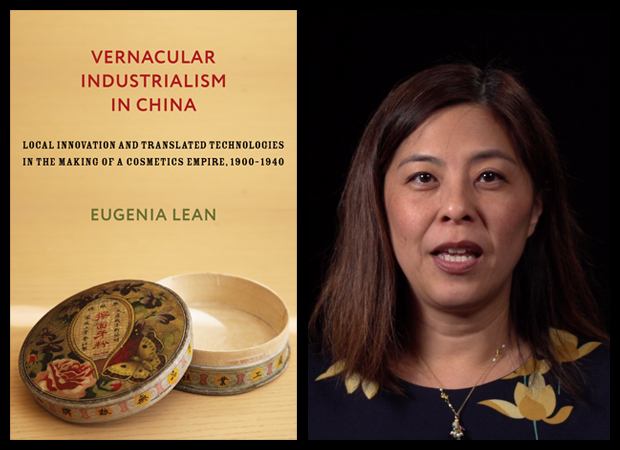
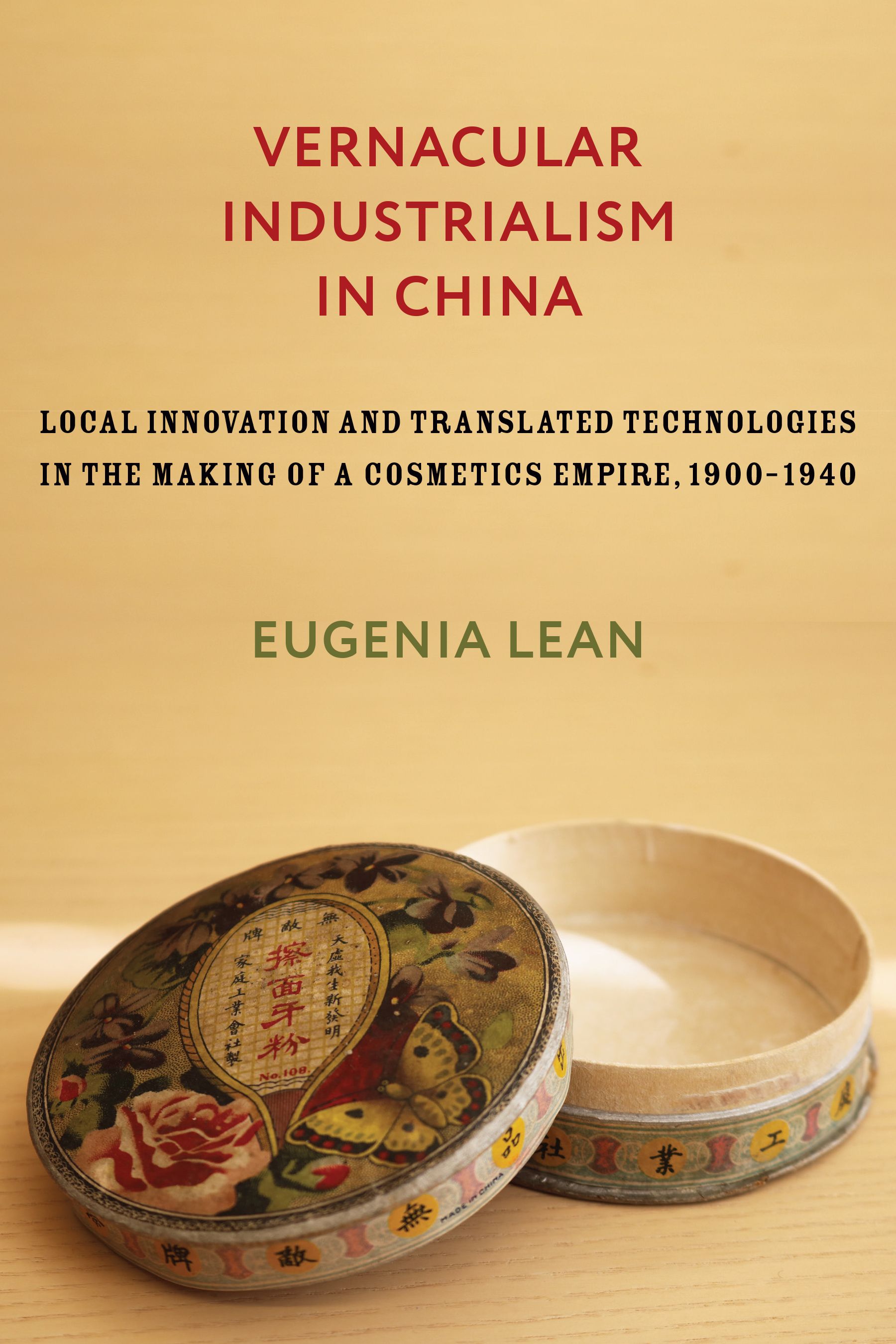
Vernacular Industrialism in China
Columbia University Press: In early 20th-century China, Chen Diexian (1879-1940) was a maverick entrepreneur—at once a prolific man of letters, captain of industry, magazine editor, and cosmetics magnate. He tinkered with chemistry in his private studio, used local cuttlefish to source magnesium carbonate, and published manufacturing tips in how-to columns. In a rapidly changing society, Chen copied foreign technologies and translated manufacturing processes from abroad to produce adaptations of global commodities that bested foreign brands. Engaging in the worlds of journalism, industry, and commerce, he drew on literati practices associated with late-imperial elites but deployed them in novel ways within a culture of educated tinkering that generated industrial innovation.Through the lens of Chen’s career, Eugenia Lean explores how unlikely individuals devised unconventional, homegrown approaches to industry and science in early 20th-century China. She contends that Chen’s activities exemplify “vernacular industrialism,” the pursuit of industry and science outside of conventional venues, often involving ad hoc forms of knowledge and material work. Lean shows how vernacular industrialists accessed worldwide circuits of law and science and experimented with local and global processes of manufacturing to navigate, innovate, and compete in global capitalism. In doing so, they presaged the approach that has helped fuel China’s economic ascent in the 21st century. Rather than conventional narratives that depict China as belatedly borrowing from Western technology, Vernacular Industrialism in China offers a new understanding of industrialization, going beyond material factors to show the central role of culture and knowledge production in technological and industrial change.{chop}
Features
02.04.20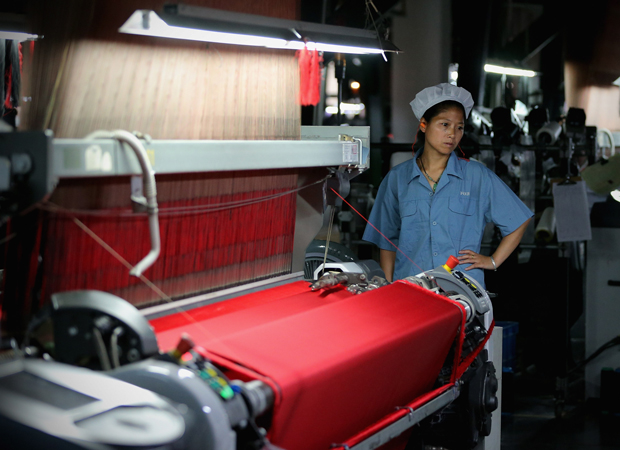
Human Resources Both Drive and Limit China’s Push for Automation
from New America
For China’s government planners, one of the most important roles for artificial intelligence (AI) and automation is addressing looming challenges in the labor market. After nearly four decades of the one-child policy, China’s aging population is...
The China Africa Project
01.03.18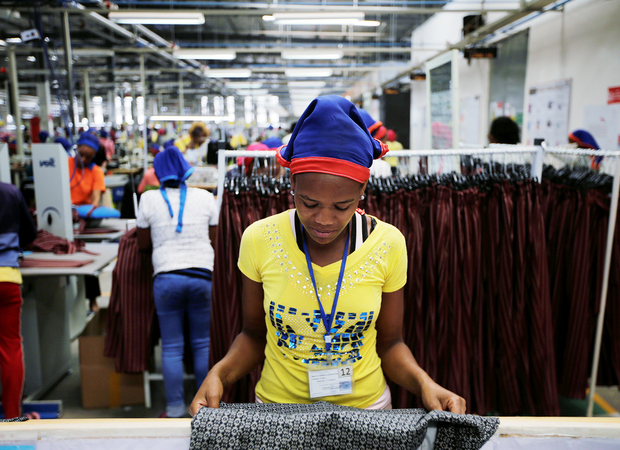
Industrial Parks Are Africa’s Latest Gamble to Lure Chinese Manufacturers
Freelance journalist William Davison joins Eric and Cobus to discuss his reporting from the Hawassa Industrial Park in Ethiopia, which is the latest high-stakes gamble taken by a number of African countries to lure Chinese manufacturers. Officials...
ChinaFile Recommends
11.30.17Chinese Manufacturing Expanded More Than Expected in November
CNBC
China reported on Thursday that factory activity expanded at a quicker pace in November, with the official manufacturing Purchasing Managers' Index coming in at 51.8 — topping expectations.
The China Africa Project
11.10.17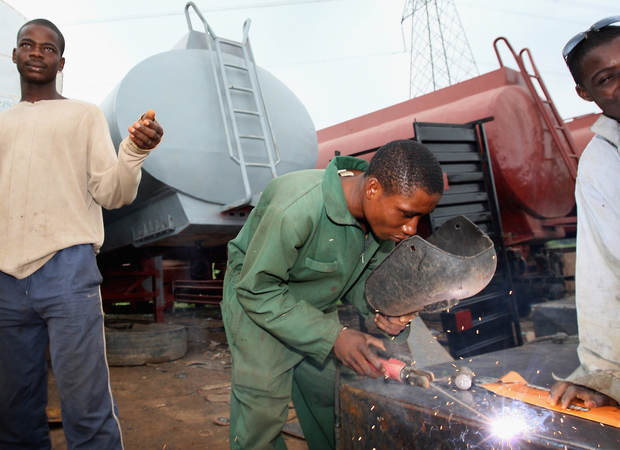
Chinese Investment is Reshaping Africa’s Manufacturing Sector
Author Irene Yuan Sun argues in her new book that Africa is poised to become the world’s next manufacturing hub, boosted by Chinese investment and production expertise. With costs steadily rising in the People’s Republic of China, more and more...
ChinaFile Recommends
11.07.17Africa Will Take China’s Place as the next Factory of the World
Quartz
I’m only thirty, but I personally witnessed a time when China’s now car-clogged streets were full of bicycles instead. Such has been the rapidity of China’s transformation, sparked by the rise of Factory China. In the quarter century since I first...
ChinaFile Recommends
10.04.17Ivanka Trump’s Business in China Shrouded in Secrecy as Public Trade Data Disappears
Independent
It is no secret that the bulk of Ivanka Trump's merchandise comes from China. But just which Chinese companies manufacture and export her handbags, shoes and clothes is more secret than ever, an Associated Press investigation has found.
ChinaFile Recommends
09.21.17Before Wisconsin, Foxconn Vowed Big Spending in Brazil. Few Jobs Have Come.
New York Times
Before the Taiwanese manufacturing giant Foxconn pledged to spend $10 billion and create 13,000 jobs in Wisconsin, the company made a similar promise of 100,000 jobs in Brazil. Six years later, Brazil is still waiting for most of those jobs to...
Books
09.20.17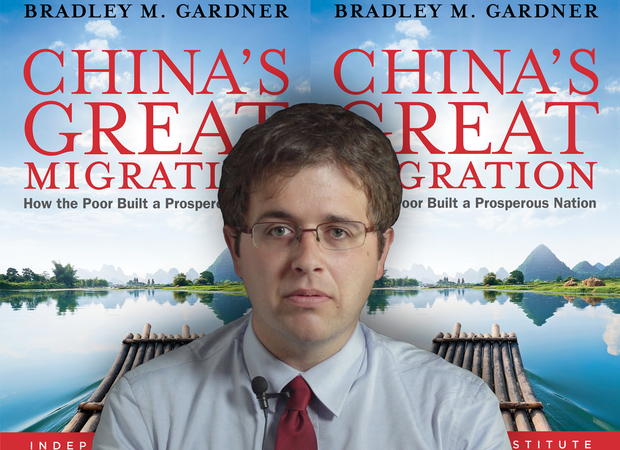
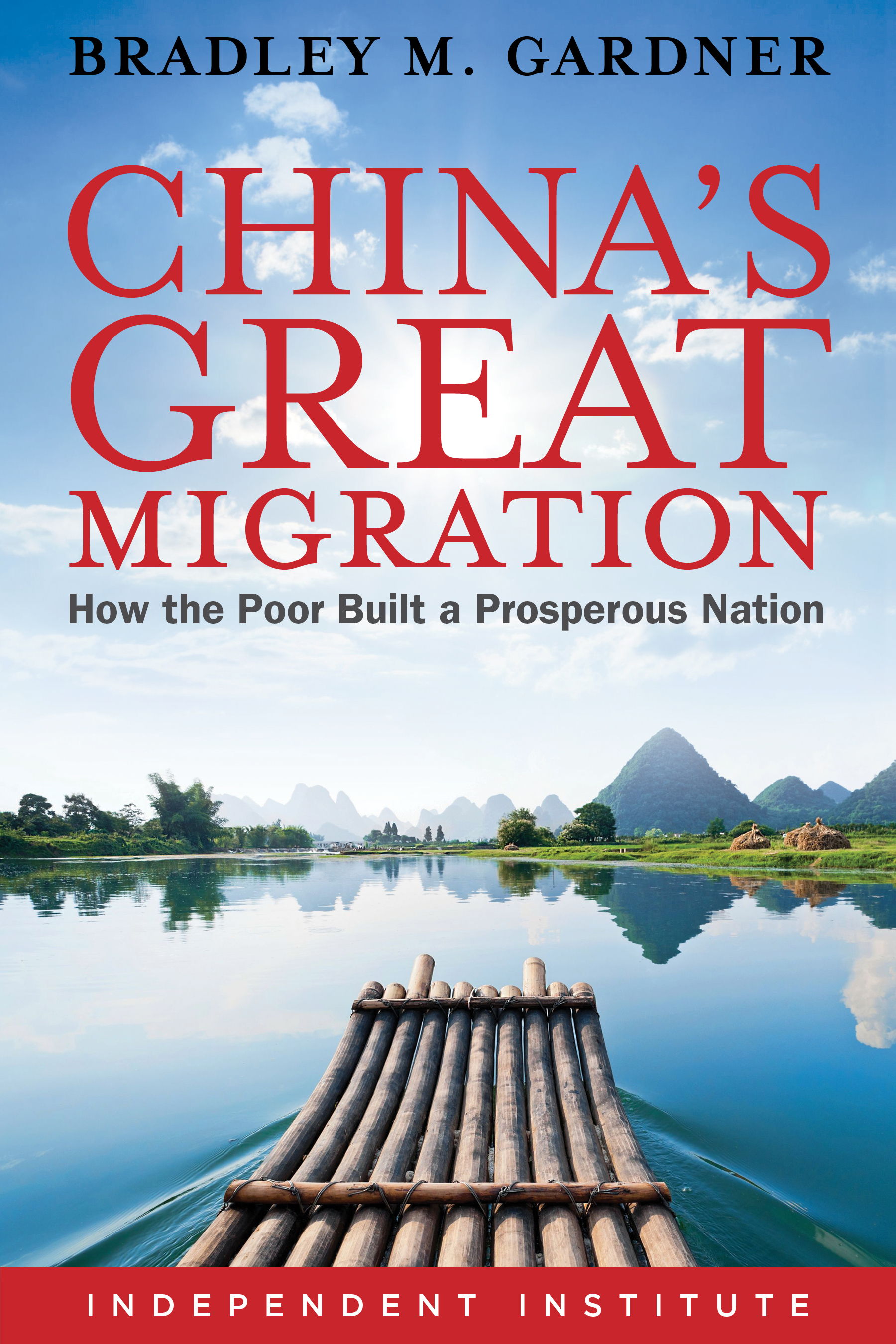
China’s Great Migration
China’s rise over the past several decades has lifted more than half of its population out of poverty and reshaped the global economy. What has caused this dramatic transformation? In China’s Great Migration: How the Poor Built a Prosperous Nation, author Bradley Gardner looks at one of the most important but least discussed forces pushing China’s economic development: the migration of more than 260 million people from their birthplaces to China’s most economically vibrant cities. By combining an analysis of China’s political economy with current scholarship on the role of migration in economic development, China’s Great Migration shows how the largest economic migration in the history of the world has led to a bottom-up transformation of China.Gardner draws from his experience as a researcher and journalist working in China to investigate why people chose to migrate and the social and political consequences of their decisions. In the aftermath of China’s Cultural Revolution, the collapse of totalitarian government control allowed millions of people to skirt migration restrictions and move to China’s growing cities, where they offered a massive pool of labor that propelled industrial development, foreign investment, and urbanization. Struggling to respond to the demands of these migrants, the Chinese government loosened its grip on the economy, strengthening property rights and allowing migrants to employ themselves and each other, spurring the Chinese economic miracle.More than simply a narrative of economic progress, China’s Great Migration tells the human story of China’s transformation, featuring interviews with the men and women whose way of life has been remade. In its pages, readers will learn about the rebirth of a country and millions of lives changed, hear what migration can tell us about the future of China, and discover what China’s development can teach the rest of the world about the role of market liberalization and economic migration in fighting poverty and creating prosperity. —Independent Institute{chop}




